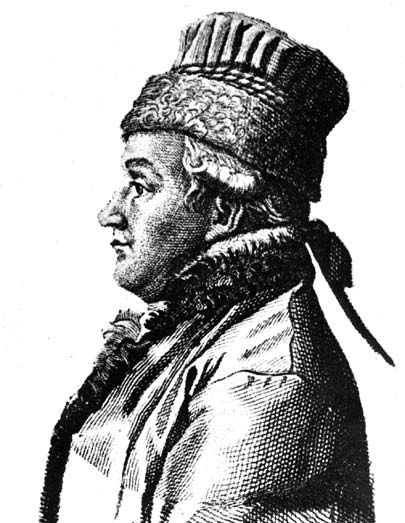Baltazar Hacquet (1739/40-1815), the Pioneer of Karst Geomorphologists
DOI:
https://doi.org/10.3986/ac.v35i2-3.544Abstract
Besides other sciences, B. Hacquet dedicated his research to geology and geomorphology (as we call them now). His most important work “Oryctographia carniolica or Physical (= geological) description of Carniola...” (1778−1789) contains descriptions of rocks, ores, fossils, as well as surface and underground features. In Carniola, karst is prevailing and therefore there is a lengthy description of karst geology and geomorphology included. His classification of mountains specially mentions Montes secundarii formed by grey limestone. Of surface features dolines, glacio-karstic dolines on high plateaus (with temperature and vegetation inversion), and karst poljes are mentioned. Hacquet presumed the evolution from flooded polje (seasonal lake) to a dry one. To explain the weathering and dissolution of limestone Hacquet took into account the differences between the rock, the exposition and its element content. That is the reason why Gams regarded him as a precursor of a climatic geomorphology and the “father” of corrosion theory. Hacquet has also found the difference between limestone and dolomite. His description of dolomite as Lapis suillus preceded the one of D. Dolomieu for 13 years. Hacquet’s statements were not based on observation only, but on the experiment too. When looking upon Hacquet’s explanations and results we must not forget that Hacquet’s time was still time of parapathetic logic, of four elements and of the principle of burning - the flogiston.Downloads
Download data is not yet available.

Downloads
Published
2006-12-01
How to Cite
Kranjc, A. (2006). Baltazar Hacquet (1739/40-1815), the Pioneer of Karst Geomorphologists. Acta Carsologica, 35(2-3). https://doi.org/10.3986/ac.v35i2-3.544
Issue
Section
Original papers
License
Authors guarantee that the work is their own original creation and does not infringe any statutory or common-law copyright or any proprietary right of any third party. In case of claims by third parties, authors commit their self to defend the interests of the publisher, and shall cover any potential costs.
More in: Submission chapter




